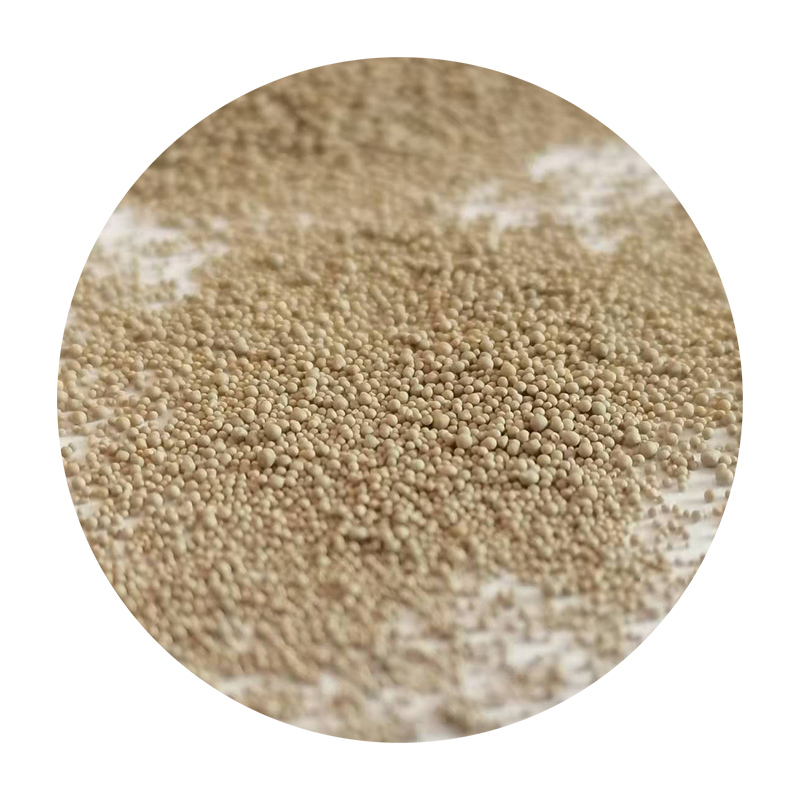

Moreover, sand casting plays a critical role in creating art and decorative items. It’s possible to produce intricate designs for sculptures, statuary, and ornamental pieces through sand casting, highlighting the process's remarkable versatility. Artists and craftspeople often favor sand casting for its ability to replicate detailed textures and patterns, allowing for a high degree of creative expression. Even in emerging technologies, sand casting is finding new applications. The renewable energy sector, for example, uses sand casting for components in wind turbines and solar infrastructure. These parts require a unique combination of lightweight properties and structural integrity, achievable through advanced sand casting techniques. By utilizing sand casting, industries benefit from its cost-effectiveness, adaptability, and ability to produce durable and complex shapes. Its capability to cater to high-output production while maintaining quality ensures manufacturers can meet both current needs and future demands. The sand casting process's significance lies in its long history and its adaptability to modern requirements. As new materials and technologies emerge, the fundamental principles of sand casting continue to be modified and improved. Industry professionals recognize the importance of maintaining a balance between tradition and innovation, ensuring that sand casting remains a trusted method for producing a wide array of products. Therefore, sand casting remains an authoritative and trustworthy method for producing a varied range of industrial, automotive, aerospace, agricultural, artistic, and renewable energy products. Its enduring use across such diverse sectors underscores its importance and reliability in contemporary manufacturing processes. Post time:1月 . 14, 2025 10:48
Next:dry sand casting process
